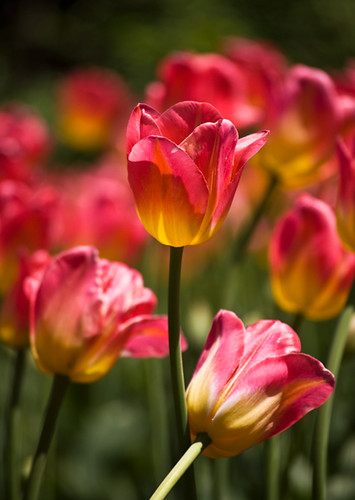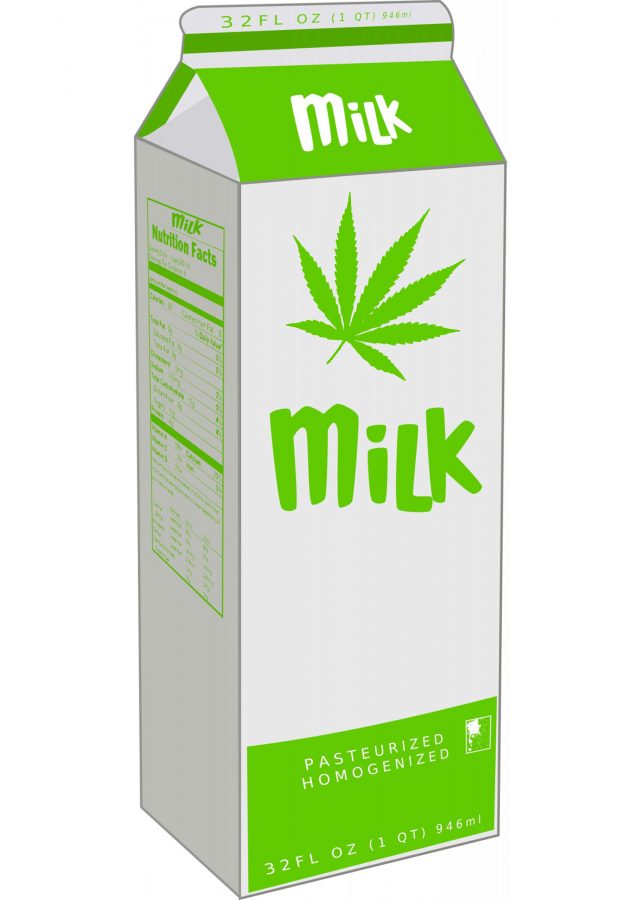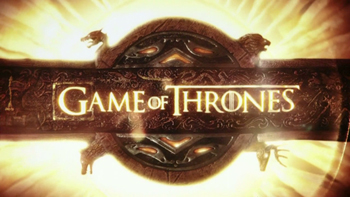
With the last snow out of the way, the sun has come out and Spring appears to be here to stay. Even as an Agnostic individual, I celebrated Easter with the masses, welcoming the Spring Equinox the weekend before and then hiding eggs for the residents of Newsom during the wee hours of Easter morning. But, how does the rest of the world celebrate the coming of Spring? Turns out, there are a lot of ways to celebrate, most of which date back older than Easter, and that are as rich and diverse as the cultures who celebrate them. So, without further adue, this is how other countries celebrate Spring.
- Nowruz – “Nowruz, which means ‘The New Day’ in Persian, marks the beginning of the New Year in Iran and typically falls near the vernal equinox in March. Although it is now a secular holiday celebrated across religious traditions in Iran, Nowruz’s origins are in the ancient religious ideas of Zoroastrianism, which stresses the complementary workings of good and evil and the interconnectedness of humanity and nature. Today, Iranians celebrate Nowruz over the course of 13 days by extensively cleaning their homes, purchasing new clothing, paying visits to family and friends, and by setting out a symbolic spring meal called Haft seen. On the thirteenth day of the festival, celebrants picnic outside with their families, in a symbolic renunciation of the bad luck traditionally associated with the number 13.” – The Cultureist

Tulips (via Flickr) - Holi – “Also known as the Festival of Colors, Holi is a popular Hindu spring festival celebrated in India, Nepal, and countries with large Hindu populations,” reads HuffPost. “It is celebrated by people throwing colored powder and water at each other. Bonfires are lit the day before, also known as Holika Dahan (death of Holika) or Chhoti Holi(little Holi). The bonfires are lit in memory of the miraculous escape that Prahladhad when Demoness Holika carried him into a fire. Holika was burnt but Prahlad, a staunch devotee of Lord Vishnu, escaped safely because of his strong devotion.” – HuffPost
- The Tulip Festival – “Who says the spring holidays have to be religious in origin? In May, the Canadian Tulip Festival comes to Ottawa, engulfing the capital city in beautiful color accompanied by music, performances, speakers, and food from around the globe. Ottawa’s tulips are a sign of grateful friendship from the Netherlands, in thanks for providing the Dutch royal family–Princess Juliana and her daughters–safe harbor during the Nazi occupation of their country. Certainly a cause for celebration! (P.S. Flower-themed festivals seem to be a time-honored strategy for publicly affirming the ties between nations. Washington, DC celebrates the United States’ friendship with Japan with the annual National Cherry Blossom Festival, starring plants originally donated by the Mayor of Tokyo).” – The Cultureist
- Purim – “The Jewish festival commemorates the rescue of the Jewish people of the ancient Persian Empire from Haman’s plot to exterminate them, as recorded in the Biblical Book of Esther. Celebrated on the Jewish Calendar date of 14th of Adar (this year March 10), the holiday is characterized by public recitation of the Book of Esther, giving mutual gifts of food and drink (mishloach manot), giving charity to the poor (mattanot la-evyonim), and a celebratory meal (se’udat Purim). Other customs include drinking wine, wearing of masks and costumes, and public celebration.” – HuffPost

Water Festival (via Wikimedia) -
Songkran Water Festival – “In mid-April, the three-day Songkran Water festival marks the New Year in Thailand with a massive public water fight, meant to represent a cleansing of negative influences. Though the traditional iteration of the festival activity is a gentle, respectful sprinkling of water onto other people–a sign of respect and blessing–since the celebrations occur during the hottest month of the year in Thailand, revellers frequently douse each other in the streets.” – The Cultureist
- Earth Day – “Some organizations schedule Earth Day for March 20, while others set the date for April 22. For some,the holiday is when people from all nations, religions and cultural backgrounds celebrate their similarities: living on Earth. For others, Earth Day is observed to promote the protection the natural environment from pollution and other destructive forces.” – TimeandDay
-
Easter – “The most important date in the Christian year, Easter commemorates the resurrection of Jesus three days after his crucifixion. For Catholics, Easter marks the end of Lent, a season of prayer and pentenance beginning on Ash Wednesday. The Easter bunny has become a modern symbol for the holiday and many celebrate with an Easter egg hunt.” – HuffPost
Fun fact: Easter eggs predate Christianity, being celebrated by the Pagan societies of Greece, Mesopotamia and Egypt, symbolizing death and rebirth of all things, both seasons and creatures, as much as 5,000 years ago, with records of it occurring in Africa as far back as 60,000 years ago. It was adopted by Mesopotamian Christians due to that symbolism, which they believed aligned with the symbol of Jesus’ rebirth.
Baba Marta Martenitsa (via Wikimedia) -
Baba Marta – “In Bulgaria, Baba Marta preempts the arrival of spring: on March 1, people give each other woven red-and-white figures–martenitsi–which they wear until they see the first buds or birds of spring, after which celebrants tie their martenitsi to trees in recognition of the coming of spring. The holiday celebrates Baba Marta (“Granny March”), a woman whose smiling arrival heralds the end of winter; in some tales, the final snow of the season is actually Baba Marta shaking out her feather bed in the midst of her spring cleaning.”- The Cultureist
- Higan – “Higan (Higan-e or Ohigan), is a week of Buddhist services in Japan during the March and September Equinox. Both equinoxes have been national holidays since the Meiji period (1868-1912). “Higan” means the “other shore” and refers to dead spirits who reach Nirvana after crossing the river of existence. It celebrates the spiritual move from the world of suffering to the world of enlightenment.” – TimeandDay
A Chinese Spring Festival (via Wikimedia) -
Passover – “An eight-day long holiday commemorating the Jewish Exodus from Egypt and the liberation of the Israelites from slavery written about in the Torah (Pentateuch). When the Egyptian Pharaoh freed the Israelites, it is said that they left in such a hurry that they could not wait for bread to rise. In commemoration, for the duration of Passover, no leavened bread is eaten. Matza, the unleavened, flat crispy bread is the primary symbol of the holiday. The start of the holiday, on Jewish Calendar date 10th of Nisan, is celebrated with a large Passover meal and reading of the Hagadah, called the Passover Seder.” – HuffPost
- Chinese Equinox – “An ancient Chinese tradition calls for balancing eggs, a symbol of fertility, on the day of the March Equinox for good luck and prosperity. This ancient custom has given rise to a modern myth. Every year, during the March Equinox people claim that it is the only day of the year when an egg can be perfectly balanced on its end. A version of the claim suggests that eggs can only be balanced on their end at the exact time of the Equinox. The truth is that there is nothing magical about the Equinox or the time it occurs – you can balance an egg perfectly on its end on any other day as well.” – TimeandDay

Spring Flowers (via Flickr)
What did you celebrate for the coming of Spring? Do you have any traditions, both religious or non-religious, that you do every Spring? Let us know in the comments! In the meantime, I’ll be spring-cleaning my room.
Ad
Collegian Blogger Sarah Ross can be reached online at blogs@collegian.com or on Twitter at @HowSarahTweets. Read more of her content on AltLife.

















